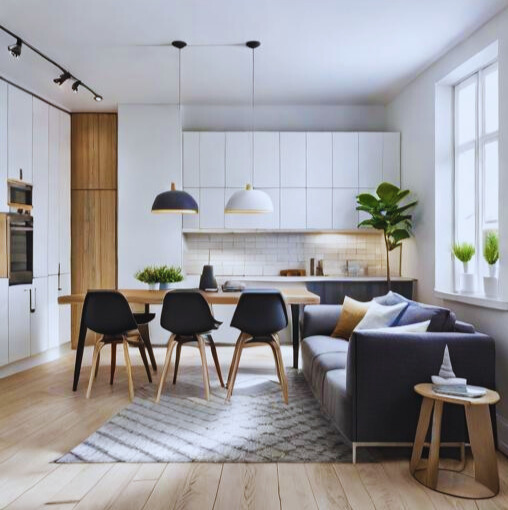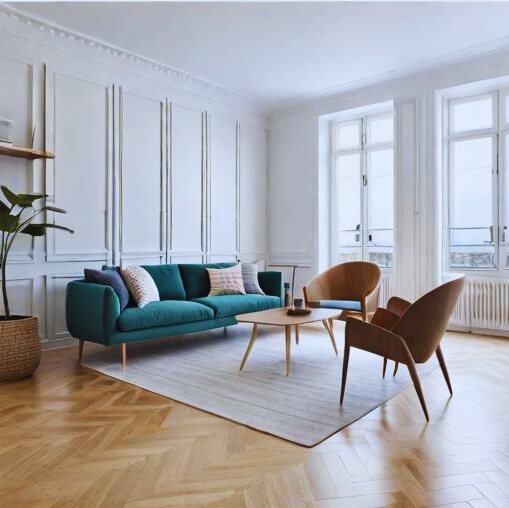
Scandinavian interior design has gained immense popularity in recent years for its timeless appeal and minimalist aesthetic.
Rooted in the Scandinavian countries of Sweden, Norway, Denmark, Finland, and Iceland, this design style embraces simplicity, functionality, and natural elements.
In this article, we will explore the key features and principles of Scandinavian interior design and how it creates a harmonious and inviting living space.
Light and Airy Spaces
Scandinavian interiors are known for their light and airy feel. The design maximizes natural light, often by using large windows and light-colored walls. This creates a sense of openness and makes the space feel more spacious.
…
Neutral Color Palette
A neutral color palette forms the foundation of Scandinavian design. White, soft grays, and muted earth tones dominate the color scheme. These hues create a calming and serene atmosphere, allowing other design elements to shine.
…
Clean Lines and Minimalism
Scandinavian design embraces minimalism, with clean lines and clutter-free spaces. Furniture and decor items are kept simple and functional. The focus is on essential pieces that provide both style and practicality.
…

Natural Materials
Using natural materials is a key aspect of Scandinavian design. Wood, especially light-toned or blonde woods like pine and birch, is commonly used for furniture, flooring, and accents. Other natural materials such as leather, wool, and linen add warmth and texture to the space.
…
Hygge and Coziness
The concept of “hygge,” which roughly translates to a feeling of coziness and contentment, is an integral part of Scandinavian living. Layered textiles, soft lighting, and comfortable furniture create a warm and inviting atmosphere, perfect for relaxing and spending quality time with loved ones.
…

